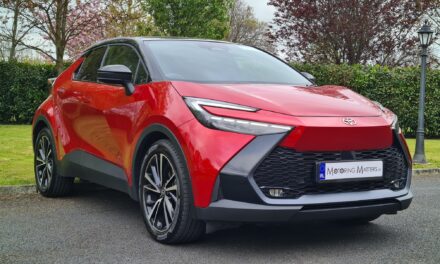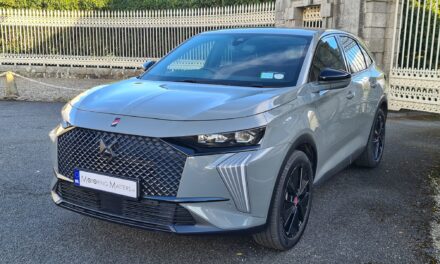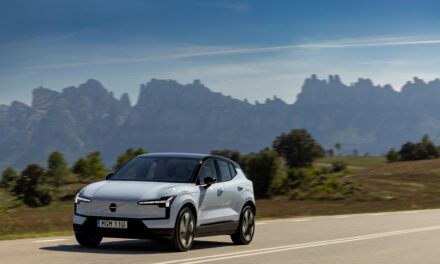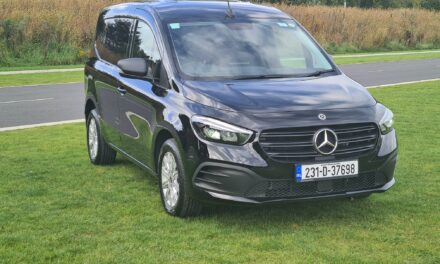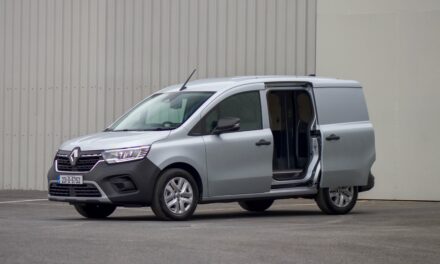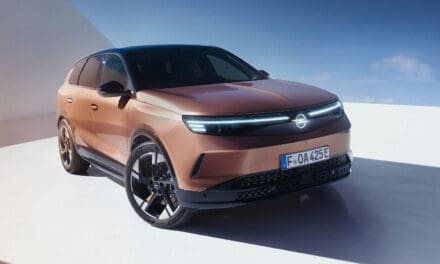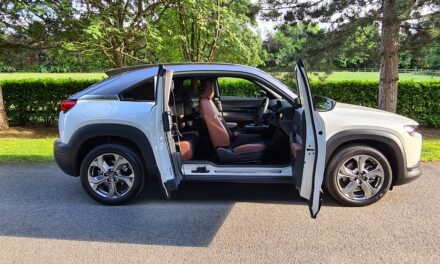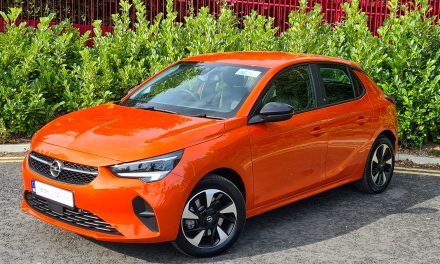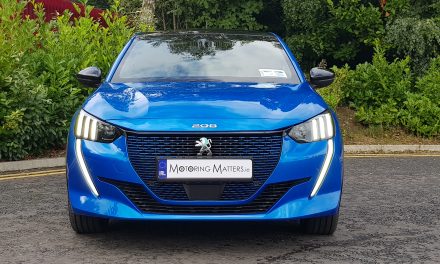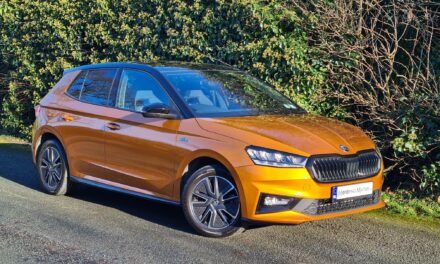
Kia Rio
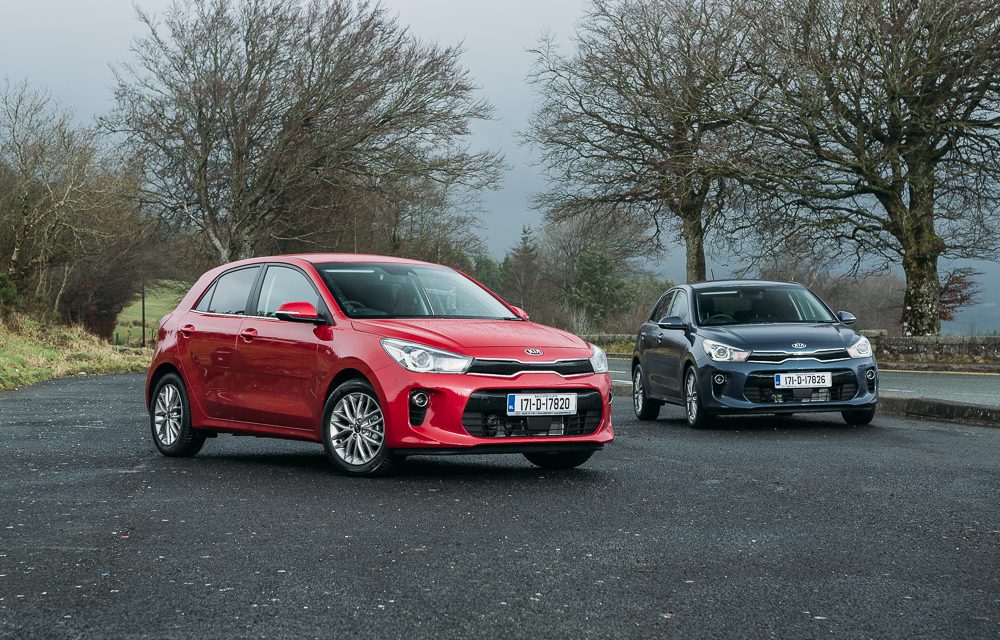
Kia’s New Rio Supermini
The Kia Rio is the Korean company’s mainstream supermini. The Rio is pitched against the VW Polo, Ford Fiesta, Opel Corsa, Nissan Micra and Honda Jazz and it comes only as a five-door.
The new Rio features a more conservative design. Even the ‘tiger nose’ front grille doesn’t help the Rio to stand out from the supermini crowd. The large lower grille and headlights are the design highlights and while the Rio isn’t ugly, it’s simply a bit dull to look at.
Inside, the car is similarly straightforwardly designed. It’s ergonomically efficient and has some nice details. Centre-dash infotainment system screens come in three sizes, depending on trim level. Although the cabin materials look solid, they’re not as high quality as in some rivals. There are a few soft-touch areas, but again it doesn’t have the same quality feel as some of its key competitors. It is, however, a step up from the previous model.
The platform is shared with Hyundai’s i20, and this means slightly bigger dimensions than the previous Rio. Overall length is now slightly more than the supermini average. This results in better road holding, interior comfort and boot space. The capacity of the boot is 325-litres with the rear seats in place and this is larger than the majority of its competitors.
The new Rio currently comes with a choice of two engines – a 1.25-litre petrol engine with 84bhp and 124Nm of torque while a 1.4-litre turbo diesel with 90bhp and 245Nm of torque is also available. Later in the year Kia intend launching a 1.0-litre 3-cylinder petrol engine to the line-up. There is a choice of 6 different specification levels, which include L, LX, EX, EX (ADAS), EXE & Platinum.
My test car was a Rio 1.25-litre EX (ADAS) finished in Signal Red metallic. Standard specification included 16” alloy wheels, rear parking sensors with rear camera, air-conditioning, cruise control, projector headlights with static bending, 6 airbags, autonomous emergency braking and lane departure warning system. In my opinion this is the minimum specification that a potential buyer should consider, as it provides just enough safety features and cabin comforts to keep all occupants happy.
The new Rio lacks the sense of involvement or fun found in some of its rivals, yet it’s acceptable for its class. The moderately engaging handling comes at the expense of ride comfort and refinement, though. It’s by no means uncomfortable, but the Rio feels quite firm over all but the smoothest surfaces and can get a bit unpleasant over larger road imperfections
Fuel economy in the new Rio is impressive, with the 1.25-litre petrol engine returning 4.8-l/100km on a combined cycle, while the diesel engine consumption is as low as 3.5-l/100km. Annual road tax for my test car is just €190. Kia’s 7-year warranty (up to 150,000km’s) is standard across the range for ultimate peace of mind. Prices start at €15,950 for petrol models, while the diesel models start at €17,750.

